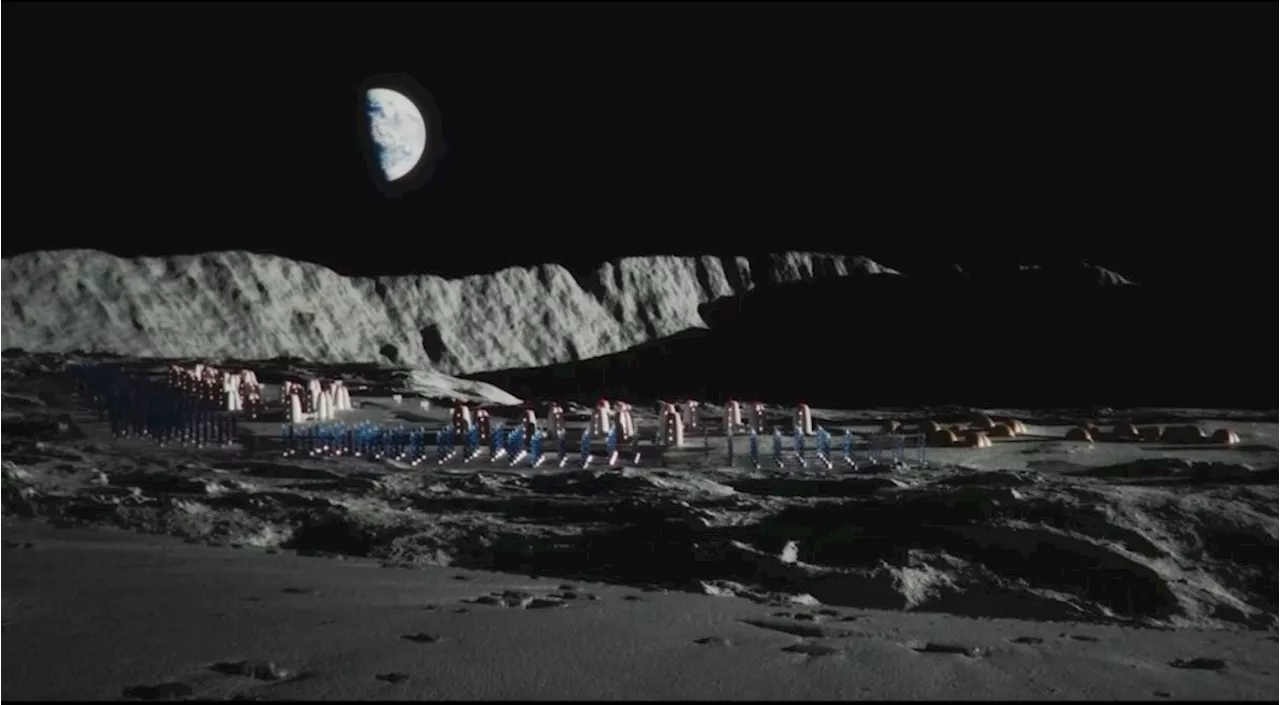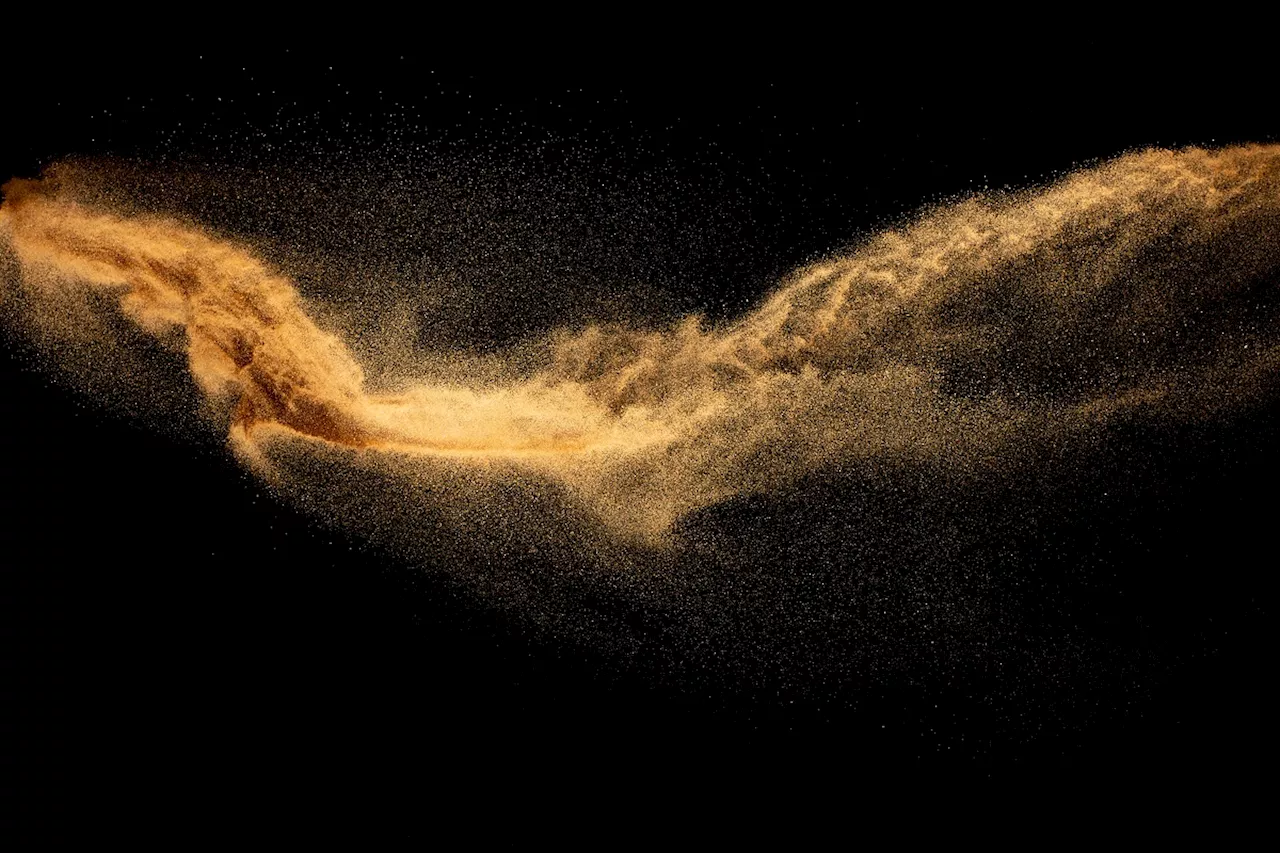Scientists devised a systematic new physical mechanism to explain uplift and erosion events in the continents of Earth.
Scientists developed a new landscape evolution model based on advanced computer models and statistical methods and ran simulations to explain the phenomena.
Gernon alongside a team of scientists undertook a research project to investigate the impact of global tectonic forces on landscape evolution over hundreds of millions of years.The lead author told IE that the last, arguably best-known, example is the breakup of the Pangea supercontinent, which began around 240 million years ago.“The southern part of Pangea, known as Gondwana, fragmented 135 million years ago, resulting in the separation of South America and Africa.
Only to discover that even the stable regions of continents are susceptible to uplift and several kilometers of erosion over a relatively brief interval of time when compared to the age of such regions , the scientist toldTherefore, scientists developed a new landscape evolution model based on advanced computer models and statistical methods and ran simulations to explain the phenomena.
For example, the chemical weathering of certain phosphorus-rick rocks such as basalts can trigger deoxygenation. This can cause major biological crises .
Continent Earth Energy &Amp Environment Landscape Supercontinent
United States Latest News, United States Headlines
Similar News:You can also read news stories similar to this one that we have collected from other news sources.
 Scientists Propose Fortress of Earth's DNA Samples Housed on the Moon in Case of ApocalypseScience and Technology News and Videos
Scientists Propose Fortress of Earth's DNA Samples Housed on the Moon in Case of ApocalypseScience and Technology News and Videos
Read more »
 Scientists Want to Use the Moon to Safeguard Earth's BiodiversityThe Earth's biodiversity is at risk, and scientists want to do something about by taking advantage of the Moon.
Scientists Want to Use the Moon to Safeguard Earth's BiodiversityThe Earth's biodiversity is at risk, and scientists want to do something about by taking advantage of the Moon.
Read more »
 These scientists want to safeguard Earth’s species by cryogenically preserving them on the moonA group of scientists has devised a plan to safeguard Earth’s species in a cryogenic biorepository on the moon.
These scientists want to safeguard Earth’s species by cryogenically preserving them on the moonA group of scientists has devised a plan to safeguard Earth’s species in a cryogenic biorepository on the moon.
Read more »
 Major Earth Systems on Track for Collapse, Scientists FindScience and Technology News and Videos
Major Earth Systems on Track for Collapse, Scientists FindScience and Technology News and Videos
Read more »
 Scientists to ‘shrink’ AI algorithm for smarter, powerful spacecraftThey are developing a novel approach called sparse-split-parallelism (SSP) to substantially reduce the size of AI algorithm models.
Scientists to ‘shrink’ AI algorithm for smarter, powerful spacecraftThey are developing a novel approach called sparse-split-parallelism (SSP) to substantially reduce the size of AI algorithm models.
Read more »
 Eyes on the Skies: Scientists Crack Code on Earth-Threatening Solar StormsScience, Space and Technology News 2024
Eyes on the Skies: Scientists Crack Code on Earth-Threatening Solar StormsScience, Space and Technology News 2024
Read more »
